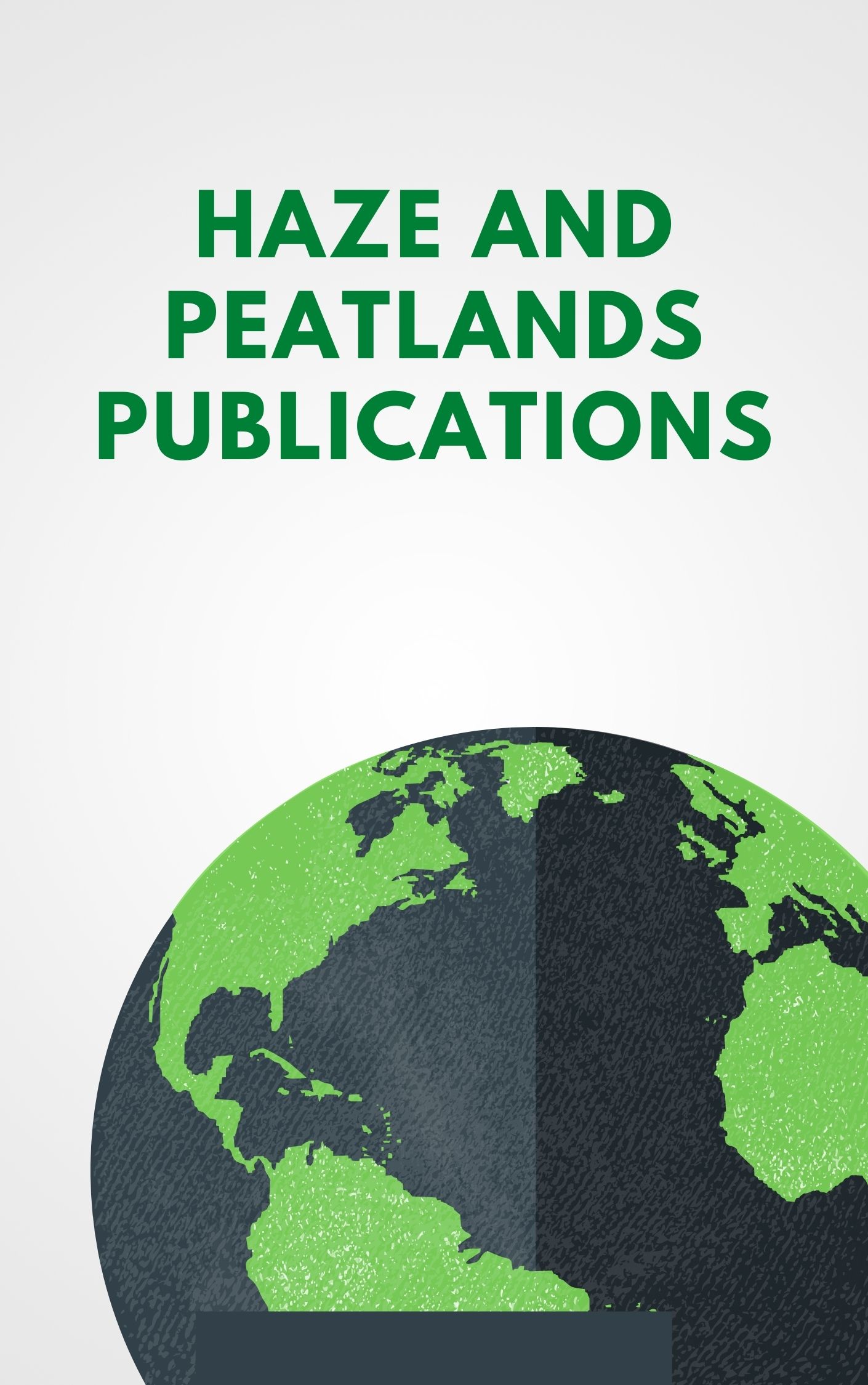Currently, Indonesia has 1.7 million hectares of oil palm plantations on peatland (12% of the total area of 13.5 million ha Indonesia's peatland). As a consequence, fires on peatland become trending topics. Field observation research that aims to determine the physical and chemical characteristics of peat in oil palm plantations has been carried out on several peat locations in West Aceh District: Suakraya village, Johan Pahlawan district (15 years old), Cot Gajah Mati Village, Arongan Lambalek district (1 year old), and Suakpuntong village, Nagan Raya district (10 years old). Substantial changes in the physicochemical properties of soils from oil palm plantations were observed, then evaluated the impact these characteristics to fires on peatland. The analysis soil showed that peatlands around in West Aceh District have physical characteristic: Bulk density (BD) from 0, 12-0.16 g cm-3; groundwater level of 6 cm (rainy seasons) and 86 cm (dry seasons); moisture or water content in the surface layer (0-20 cm) during the dry season was 505-985% The thickness of peat was 457 cm on deep peat in Suakraya, 157 cm on shallow peat in Suakraya, 243 cm in Cot Gajah Mati, 136 cm in Suakpuntong. The chemical characteristic of peat soil has pH H2O 2.9-3.9, pH KCl 2.23-3.07. The level of maturity of peat in the surface layer in all observation locations is the same, namely hemic. Water content per unit dry weight depends on peatland maturity level (fibric: 540-1187%, hemic: 268-480% and sapric: 106-242%). Ash content per unit dry weight varied from 1.8-5.9%, and C-organic content 53.4-57.6%. Peat total acidity is 4.2-6.4 me g-1, COOH content 0.02-0.16 me g-1 and phenolic-OH content 4.2-6.2 me g-1. The important result of this study showed that the causes of peatland fires are not caused by the characteristics of peat (occur naturally), but there are triggers of human activities. © 2019 Published under licence by IOP Publishing Ltd.
View source

